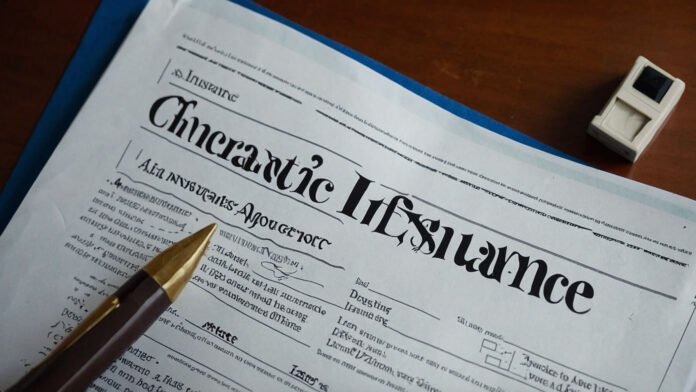Introduction
In this fast-paced world, securing your loved ones’ future is paramount. Life insurance serves as a safety net, offering financial protection and peace of mind. Understanding the basics of life insurance is crucial for anyone looking to safeguard their family’s financial well-being in times of adversity.
What is Life Insurance?
Life insurance is a contract between an individual and an insurance company. The insured pays premiums in exchange for a lump-sum payment, known as the death benefit, to beneficiaries upon the insured’s death.
Types of Life Insurance
- Term Life Insurance: Provides coverage for a specific term, typically 10, 20, or 30 years.
- Whole Life Insurance: Offers coverage for the insured’s entire life, with a cash value component that grows over time.
- Universal Life Insurance: Combines a death benefit with a savings component, offering flexibility in premium payments and coverage.
- Variable Life Insurance: Allows the policyholder to allocate premiums to various investment options, potentially earning higher returns but also bearing investment risks.
Importance of Life Insurance
Life insurance serves multiple purposes, including:
- Financial Protection: Ensures that beneficiaries receive a financial cushion to cover expenses such as mortgage payments, education costs, and daily living expenses.
- Estate Planning: Facilitates the transfer of wealth to heirs while minimizing tax implications.
- Debt Settlement: Helps settle outstanding debts and loans, preventing financial burden on surviving family members.
- Business Continuity: Provides funds to sustain or buy out a business in the event of a key person’s death.
Choosing the Right Coverage
Assessing Financial Needs
Selecting the appropriate life insurance coverage depends on various factors, including age, health, financial goals, and budget.
Understanding Policy Features
Selecting the appropriate life insurance coverage depends on various factors, including age, health, financial goals, and budget.
Applying for Life Insurance
Underwriting
Insurers evaluate various factors, including age, health, lifestyle, occupation, and hobbies, to assess the risk associated with insuring the individual.
Medical Examination
Most life insurance policies require a medical exam to evaluate the applicant’s health status, including blood pressure, cholesterol levels, and overall medical history.
Policy Approval
Once the underwriting process is complete and the application is approved, the policyholder receives a policy document outlining the terms, conditions, and coverage details.
Maintaining and Reviewing Your Policy
Policy Review
Periodically assess your coverage needs and adjust your policy accordingly, especially after significant life events such as marriage, childbirth, or career changes.
Premium Payments
Ensure timely payment of premiums to keep the policy active and prevent lapses in coverage.
Beneficiary Updates
Update beneficiary designations as needed to reflect changes in your family structure or personal relationships.
Conclusion
Life insurance is a vital component of financial planning, providing security and protection for your loved ones’ future. By understanding the basics of life insurance and selecting the right coverage, you can ensure that your family is financially secure in times of need.
FAQs (Frequently Asked Questions)
- Why do I need life insurance?
Life insurance provides financial protection for your loved ones and ensures their well-being in the event of your death. - What happens if I stop paying my premiums?
If you stop paying premiums, your policy may lapse, resulting in loss of coverage. Some policies offer a grace period during which you can reinstate the policy without penalty. - Can I borrow against my life insurance policy?
Yes, many permanent life insurance policies offer a cash value component that allows policyholders to take out loans against the policy’s accumulated cash value. - Is life insurance taxable?
Generally, life insurance death benefits are not taxable as income to the beneficiaries. However, there may be exceptions for certain situations or policy types. - Can I have multiple life insurance policies?
Yes, it’s possible to have multiple life insurance policies to increase coverage or diversify benefits.

